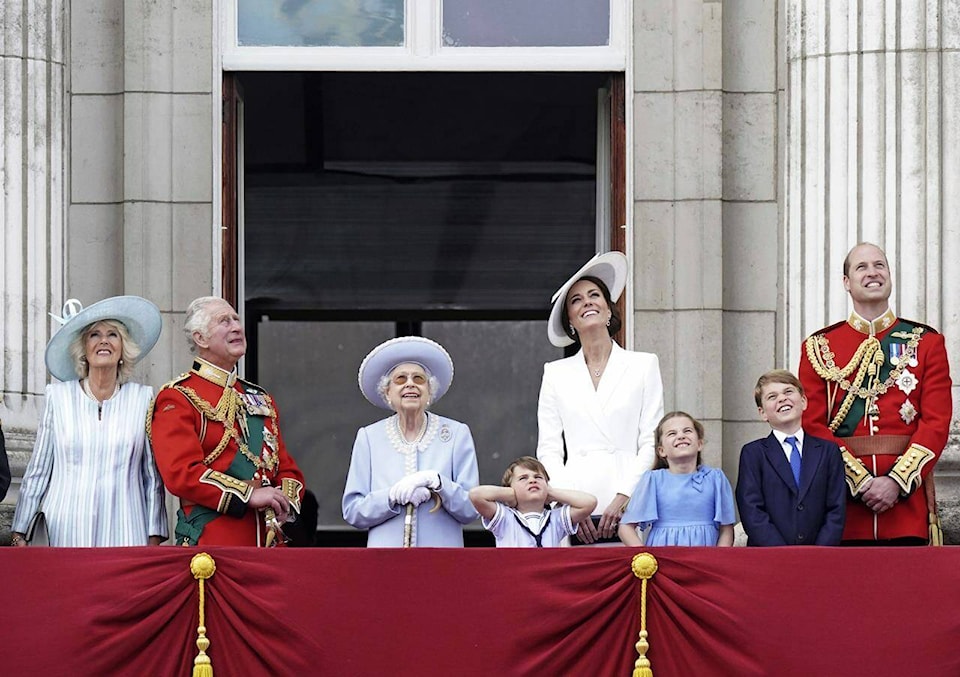The problem with being a king is that the job can be summarized as “hereditary military dictator,” and the “military” part is always a bit more important than the “hereditary” bit.
June 16 is the 535th anniversary of a little-known scrap at the tail end of the English Wars of the Roses called the Battle of Stoke Field. In 1487, Henry VII’s army kicked the tar out of Yorkists who were making a last-ditch effort to reclaim the throne.
At Stoke Field, the Yorkists were ostensibly fighting for a young man who claimed to be Edward, Earl of Warwick, a nephew of Edward IV, and therefore the last surviving heir of that line. In fact, he was an ordinary kid of 10 years old or so, named Lambert Simnel. He had been taught some courtly manners and propped up as the figurehead of a rebellion.
The story of Simnel is a good example of how we get good kings and bad kings in history.
Killing Simnel after the battle would have been the smart move for King Henry. You never know if some more disgruntled nobles might try to grab him and use him as a figurehead again, right?
But Henry allowed Simnel to live, and in fact gave him a job as a spit-turner, and then as a falconer, in the royal household. That’s pretty understanding for a 15th century monarch!
This puts Henry in stark contrast to the previous king, Richard III, who is best known for locking up his own nephews in the Tower of London, from which they then (very conveniently, for Richard) disappeared.
Gosh, Henry sure seems better than that evil old Richard! Let’s all hiss and boo at the bad king and cheer when the good king comes on stage!
READ ALSO: Painful Truth – Don’t let a graph make you panic
READ ALSO: Painful Truth – Reaction to museum plans were out of whack
But Simnel wasn’t just impersonating some random royal. The Earl of Warwick was a real person. He was a child when Henry took over, but he was a potential heir to the throne.
And so, just like his cousins before him, he was sent to the Tower of London. Where he lived until 1499, when he was executed after an attempted escape. He was 24 and had spent 14 years of his life as a hostage and prisoner.
Henry didn’t kill Edward with his own hands, but Richard almost certainly didn’t kill the Princes in the Tower, personally, either. They’re all still dead, though.
Every once in a while, people get tired of democracy, and start wishing we could have a single strong leader who could really sort things out! You know, someone who would cut through the red tape and make some common sense changes!
It seldom works out that well in reality. Kings and dictators never want to give up control. And they’ll kill or imprison people, including children, to ensure they retain power. The ones who have moral scruples end up dead first, then we’re left with nothing but sociopaths, or people who can act like one out of self-interest.
There’s no such thing as a good king, because every king (or president-for-life, or party chairman, etc.) is one sharp axe away from being replaced by a new dynasty.
Elections are a bit more orderly.
Have a story tip? Email: matthew.claxton@langleyadvancetimes.com
Like us on Facebook and follow us on Twitter.
